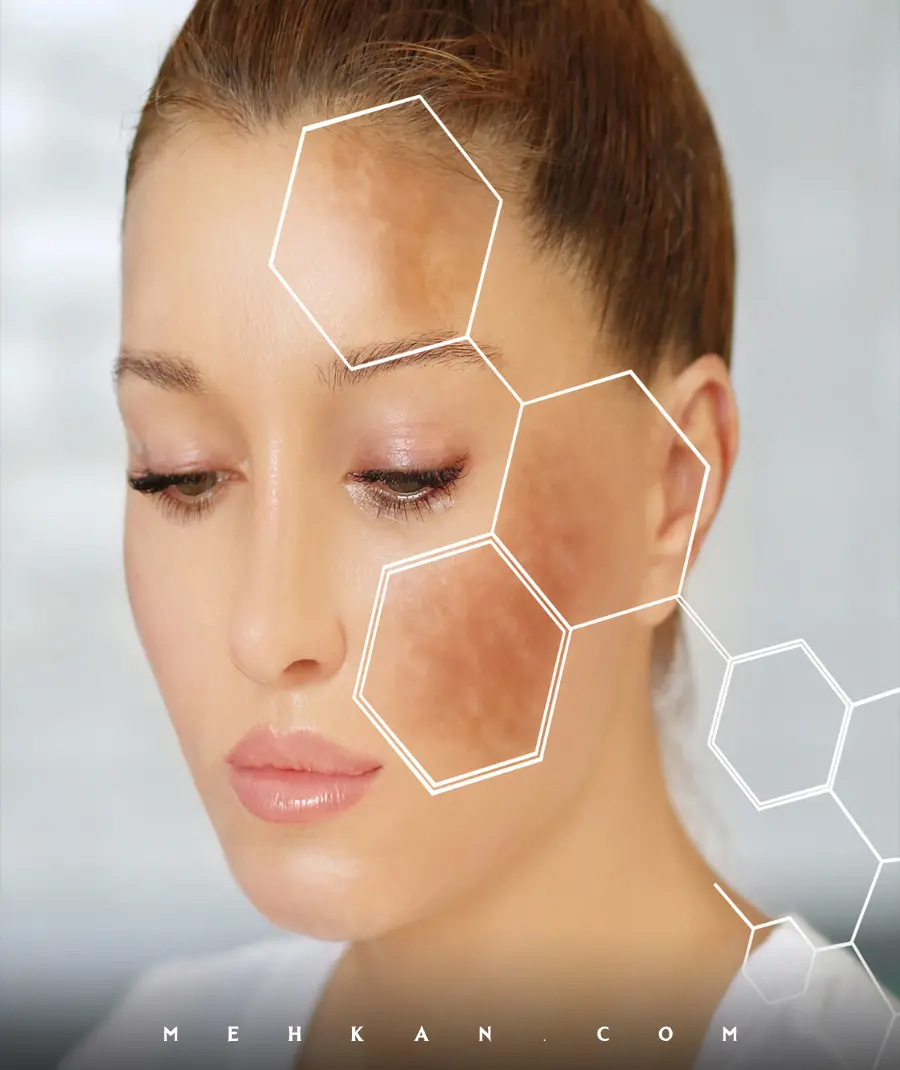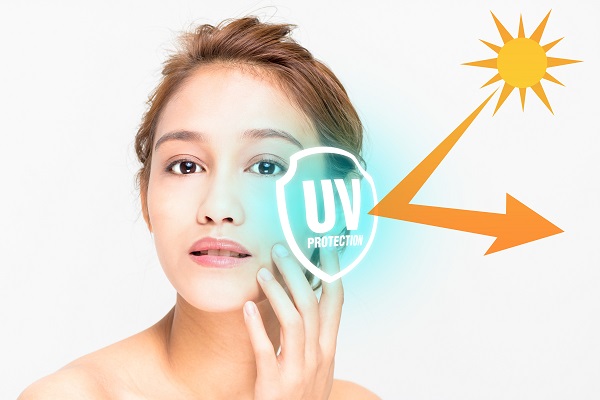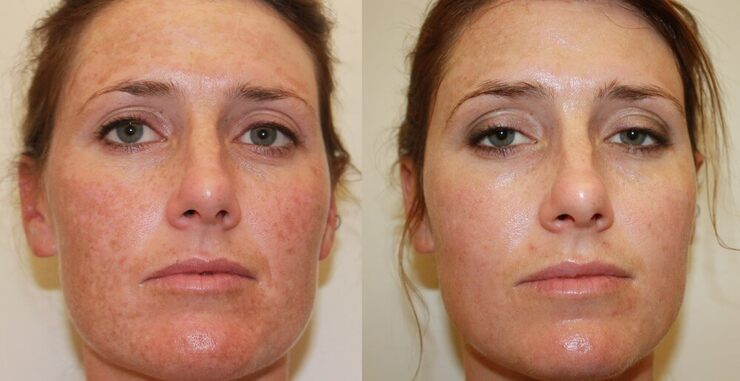
08 Sep Achieving Radiant Skin: Your Ultimate Guide to Treating Sun Damage
Introduction
In our quest for radiant and healthy skin, we often find ourselves battling the effects of treating sun damage. Sun exposure can lead to a variety of skin issues, from premature aging to skin cancer. To help you attain skin that not only looks great but is also protected from harm, we’ve created this comprehensive guide. In this article, we’ll cover the causes and consequences of sun damage, offer practical solutions, and share expert advice on maintaining your skin’s vitality.
Understanding Sun Damage

The Sun’s Harmful Effects
Excessive exposure to ultraviolet (UV) rays from the sun is the primary cause of sun damage. UV rays penetrate the skin, causing harm at the cellular level. This damage can manifest in various ways, including:
Wrinkles and Fine Lines: Prolonged sun exposure breaks down collagen and elastin, leading to premature aging and the development of wrinkles.
Hyperpigmentation: Sunspots, also known as age spots, occur due to an overproduction of melanin in response to UV exposure.
Types of Sun Damage
Chronic Sun Damage: This is the result of repeated, long-term exposure to the sun without protection. It leads to gradual skin aging and increases the risk of skin cancer.
Acute Sun Damage: Occurs after intense, short-term exposure to the sun, often resulting in sunburn. Repeated episodes can result in long-lasting skin damage.
prevention and protection

Sunscreen Essentials
To protect your skin effectively, it’s crucial to choose the right sunscreen and use it properly. Follow these tips:
Broad-Spectrum: Select a sunscreen that provides broad-spectrum protection against both UVA and UVB rays.
SPF (Sun Protection Factor): Choose for an SPF of at least 30 for daily use. Higher SPF values are advisable for extended outdoor activities.
Reapplication: Reapply sunscreen every two hours when outdoors, and immediately after swimming or sweating.
Protective Clothing
Wearing sun-protective clothing, including wide-brimmed hats, sunglasses, and long-sleeved shirts, can shield your skin from harmful UV rays. Don’t forget to seek shade during peak sun hours, usually between 10 AM and 4 PM.
Treating Sun Damage

Skincare Regimen
Hydration: Properly moisturized skin is more resilient. Use a hydrating moisturizer to maintain skin’s elasticity.
Topical Treatments: Consider products containing ingredients like retinoids, vitamin C, and hyaluronic acid to target sun-induced skin concerns.
Chemical Peels: Dermatologist-administered chemical peels can help exfoliate damaged skin cells, revealing a fresher, more youthful complexion.
Professional Procedures
For severe sun damage, consult with a dermatologist who can recommend advanced therapies such as laser therapy, microdermabrasion, or photodynamic therapy. These procedures can significantly improve the texture and appearance of the skin.
Maintaining Healthy Skin

Daily Habits
Cleanse and Exfoliate: A gentle cleansing routine, followed by regular exfoliation, can remove dead skin cells and stimulate collagen production.
Nutrition: Consume a diet rich in antioxidants, vitamins, and omega-3 fatty acids to support skin health.
Stay Hydrated: Drinking plenty of water keeps your skin hydrated from the inside out.
Regular Checkups
Schedule annual skin checkups with a dermatologist to detect and address any potential skin issues promptly.
All In All
Protecting your skin from treating sun damage is essential for maintaining its health and beauty. By understanding the causes and consequences of sun damage and following the preventative measures and treatments outlined in this guide, you can achieve radiant, sun-damage-free skin. Remember, consistency is key, and prioritizing your skin’s well-being will yield long-lasting results. Embrace these practices, and your skin will thank you with a youthful, glowing complexion for years to come.





No Comments